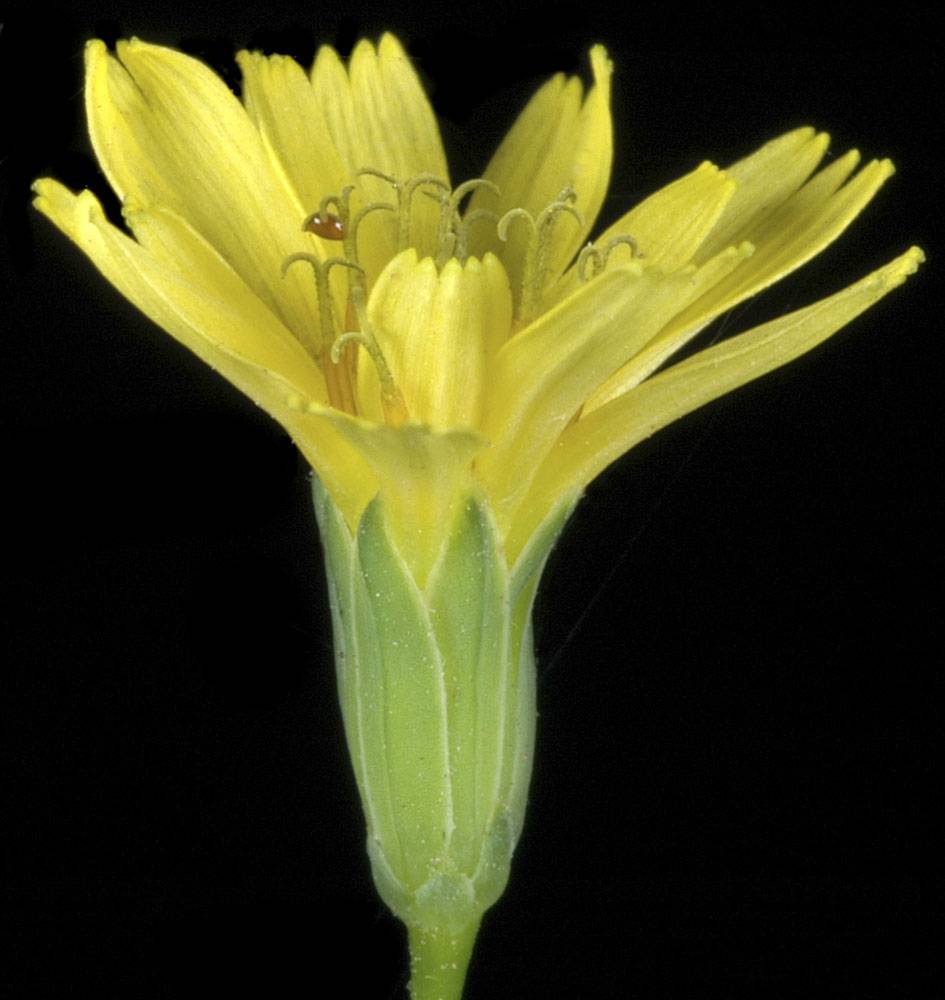Lapsana communis
Lapsana
nipplewort
nipplewort
erect; leafy throughout, branched distally, glabrous or with scattered soft, white hairs.
ovate, 1–15+ × 1–10 cm;
margins usually irregularly dentate;
surfaces glabrous or lightly hairy;
petioles often with 1 or more pairs of leaflets.
terminal panicle-like arrays.
narrowly ovoid.
flat; smooth, glabrous;
paleae 0.
6–15; bisexual;
ligules 4–12 mm; well exceeding involucres, yellow;
stamens 5.
8–10; in 1 series with a few small outer; erect; lance-oblong, 3–9 mm; midribs thickened toward bases;
tips acute;
surfaces glabrous.
tapering toward bases and tips, curved, 3–5 mm; outer sometimes much longer than inner, pale brown, glabrous;
ribs ~20;
pappi 0.
5–50+, ligulate;
peduncles sometimes minutely bracteolate.
=12, 14, 16.
Lapsana communis
Lapsana
Forests, roadsides, disturbed areas. Flowering Jun–Oct. 0–1300 m. BW, Casc, CR, Est, Sisk, WV. CA, ID, WA; north to AK, northeast to Newfoundland, east to MA, southeast to VA; Asia, Europe. Exotic.
This species is a common introduced weed of gardens and disturbed areas.
Genus composed of one species, L. communis.
Kenton Chambers
Kenton Chambers
- Local floras:
BC,
CA,
OR,
WA
- Local Web sites:
CalFlora,
CalPhotos,
Flora NW,
PNW Herbaria,
Turner Photog.
WildflowerSearch
iNaturalist (observations)
USDA Plants Database
- LBJ Wildflower Center
- SEINet
- Plants of the World Online
- Encyclopedia of Life
- Wikipedia
- Google Image Search



